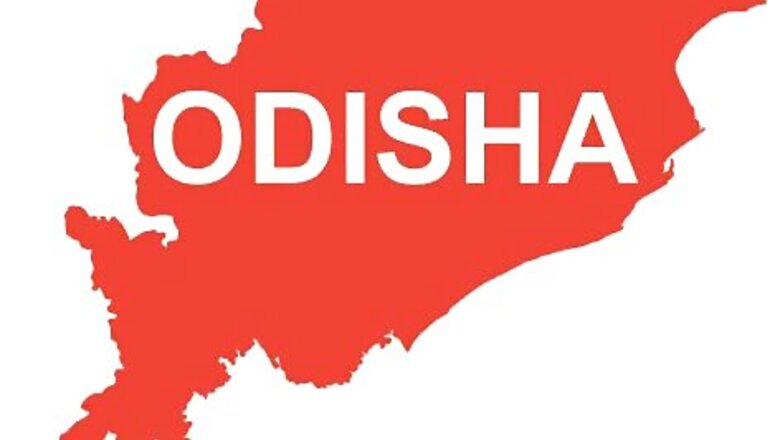
views
Bhubaneswar: The Comptroller and Auditor General of India has pulled up Odisha Government for failing to make long-term planning for modernisation of police and for lopsided allocation between districts affected by Left Wing Extremism (LWE) and the other districts.
"The annual plans were largely top driven and not outcome-based. District wise priorities were not considered, as no feedback was obtained from concerned Superintendents of Police while preparing the plans," the CAG said in its report for the year ended march 31, 2011.
Centralised procurement of weapons, equipment and vehicles had not factored while compiling the field requirements in the Annual Action Plans leading to lopsidedness in allocations between the districts affected by Left Wing Extremism and other areas, it said.
Even though the AAPs indicated clear bifurcation of equipment and funds between LWE and non-LWE districts, neither separate district-wise indents nor figures of district-wise supplies were available in the office of the DGP, it said.
While 55 per cent of total allocation was utilised on construction of buildings, only 11.5 per cent funds were spent on important works like communication, computerisation, forensic science and intelligence gathering which was sub-optimal, though these were crucial to improving the operational efficiency of police in dealing with rising LWE activities, the report which was tabled in the Assembly on Thursday said.
Weapons worth Rs 14.80 crore, including sophisticated weapons worth Rs 13.83 crore were retained at the central arms store at Cuttack without issuing these to field units, despite 61 per cent shortages of such weapons in eight test checked districts, it said.
Shortage of trained manpower to handle sophisticated weapons in the test checked districts was 78 per cent. Despite utilisation of Rs 7.36 crore on computerisation and communication, police networking and crime data sharing and transmission remained unachieved, the CAG report said.
Communication system could not be made operational and remained an area of concern. Despite shortage of 1288 vehicles including 423 heavy vehicles, 10 light vehicles were purchased in excess of prescribed norm and 626 vehicles procured under the scheme were issued to training and other establishments for non-operational work.
LWE attacks were on the rise from 2008 onwards. As the striking capability of state police force did not increase effectively to counter these attacks, casualties resulting from LWE had also gone up, the CAG report said.
Factors affecting efficiency and striking capabilities of state police were identifies as large scale vacancies, insufficient training and inadequate mobility support, the report said.
Though high lead time in procurement and below average responsiveness in construction and up-gradation activities were adversely reported in the impact analysis survey report (January - March 2010) of Bureau of Police Research and Development (BPRD), yet the issues remained largely un-addressed (November 2011).
The State Level Empowering Committee (SLEC) headed by the Chief Secretary, which was supposed to monitor the implementation of the scheme and give requisite directions to address critical bottlenecks in the implementation of the scheme, had not exercised requisite oversight, it said.
Though Rs 211.69 crore were released to Odisha State Police Housing and Welfare Corporation Limited (OSPHWC) for construction of 620 residential and non-residential.











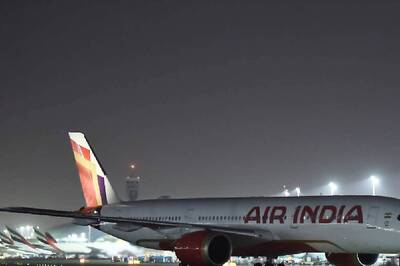


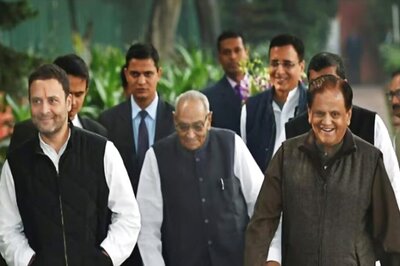
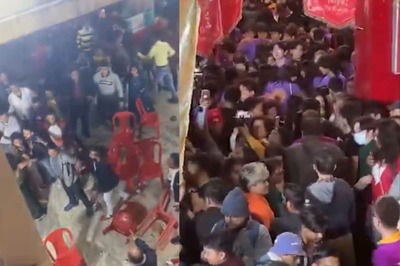
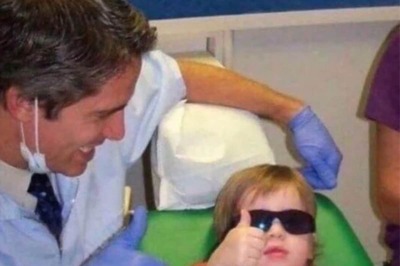



Comments
0 comment